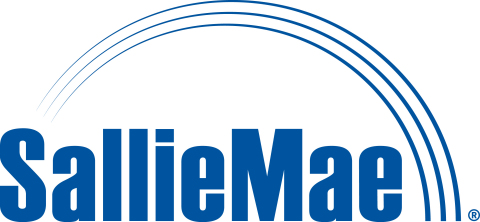NEWARK, Del.--(BUSINESS WIRE)--The calendar says it’s spring but, for millions of college-bound high school seniors, it’s award letter season. That’s when colleges across the country follow up acceptance letters with financial aid award letters to offer students financial assistance.
Many families consider the award letter to be the key determinant of a college’s affordability, because it reveals what the college might be able to contribute toward the cost and how much of the cost students and families will be expected to cover. According to Sallie Mae’s How America Pays for College 2014 study, during the college selection process, almost half of families eliminated a school from consideration after receiving its financial aid award letter.
To help students and families reach such a critical decision, Sallie Mae has added new free, online resources that simplify the process of interpreting and analyzing award letters.
“This is the moment families have been waiting for – they’ve received their college acceptance letters, they know how much aid each school is offering, and now the ball is in their court to make their college decision,” said Martha Holler, senior vice president, Sallie Mae. “Just like students, no two award letters are exactly alike. Our new tips and tools make it easy for students and parents to evaluate award letters and ultimately determine which school best meets their needs.”
When evaluating award letters, Sallie Mae suggests keeping these points in mind:
- Not all award letters are the same. There is no prescribed formula or format for award letters, although they generally contain the same types of information: how much one year at that college will cost, the amounts and types of scholarships and grants that may be available, and how much the student may be eligible for in federal student loans.
- Tuition is not the only cost. Award letters generally include a Cost of Attendance (COA), which is the school’s best estimate of one year of tuition, fees, room and board, books, and other expenses, including travel. The COA is not all-inclusive, however. For example, it does not include transportation, living expenses or other personal and out-of-pocket expenses a student may incur.
- Some money is “free” money, but some needs to be repaid. Scholarships and grants are examples of “free money” that does not have to be repaid. Money received through work-study programs generally doesn’t have to be repaid, but recipients are required to work while they are in school. Loans, however, including those from the federal government, will have to be repaid.
- Mind the gap. To more easily compare what each school is offering, set up a simple spreadsheet. Start with each school’s COA and then subtract all the financial aid and federal loans listed in the award letter. The difference, or gap, is the amount students will need to cover with savings, private student loans, or other funding sources. The gap can vary widely from school to school, depending on what’s offered in the award letter.
- It’s only for one year. Although some items may be renewable, students and families need to fill out the FAFSA and apply for financial aid every year in school, and will receive a new award letter each time.
In addition, new and free resources for analyzing award letters are available on SallieMae.com/awardletters. Students and families will find simple and straightforward information regarding common award letter terminology, details on how award letters are determined, and tools to help calculate college costs.
When it comes to paying for college, Sallie Mae recommends students and families follow its 1-2-3 approach: first, maximize money that does not need to be repaid, such as scholarships and grants; second, explore federal student loans; and, third, consider a responsible private education loan.
More information and free tools and tips about saving, planning, and paying for college are available at www.SallieMae.com.
Sallie Mae (NASDAQ:SLM) is the nation’s saving, planning, and paying for college company. Whether college is a long way off or just around the corner, Sallie Mae offers products that promote responsible personal finance including private education loans, Upromise rewards, scholarship search, college financial planning tools, insurance, and online retail banking. Learn more at SallieMae.com. Commonly known as Sallie Mae, SLM Corporation and its subsidiaries are not sponsored by or agencies of the United States of America.




